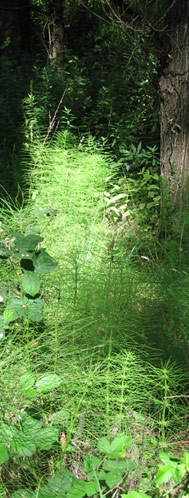- Cover (PDF, 226 KB)
- Table of Contents (PDF, 166 KB)
- Section 1. Introduction (PDF, 205 KB)
- Section 2. Physical/Biological Setting, Including Covered Species (PDF, 197 KB)
- Section 3. Covered Activities and Their Impacts (PDF, 259 KB)
- Section 4. Conservation Program (Clarifications - August, 2013) (PDF, 313 KB)
- Section 5. Potential Biological Impacts/Take Assessment (PDF, 126 KB)
- Section 6. Plan Implementation (PDF, 255 KB)
- Section 7. Alternatives to Take (PDF, 81 KB)
- Section 8. Key References (PDF,116 KB)
- Appendix A. Recommended Best Management Practices for Management of Animal Waste, Compost and Sediment on Creeks (PDF, 12.3 MB)
- Figures (11x17 inches)
- Figure 1-1: Regional Location (PDF, 907 KB)
- Figure 1-2: Government Jurisdictions (PDF, 437 KB)
- Figure 1-3: Land Use (PDF, 408 KB)
- Figure 2-1: Primary Watershed Basins (PDF, 990 KB)
- Figure 2-2: California Red-Legged Frog at Stanford (PDF, 902 KB)
- Figure 2-3: California Tiger Salamander at Stanford (PDF, 900 KB)
- Figure 3-1: Lagunita Reservoir (PDF, 925 KB)
- Figure 3-2: Recreational Uses (PDF, 880 KB)
- Figure 3-3: Leaseholds: Equestrian & Grazing (PDF, 905 KB)
- Figure 3-4: Leaseholds: Commercial & Institutional (PDF, 904 KB)
- Figure 4-1: Conservation Program Structure and Terms (PDF, 19 KB)
- Figure 4-2: Management Zones (PDF, 922 KB)
- Figure 4-3: Matadero/Deer Creek Basin (PDF, 926 KB)
- Figure 4-4: CTS Basin (PDF, 947 KB)
- Figure 5-1: Possible Location of Assumed Development (PDF, 1.1 MB)
|
| |
|

